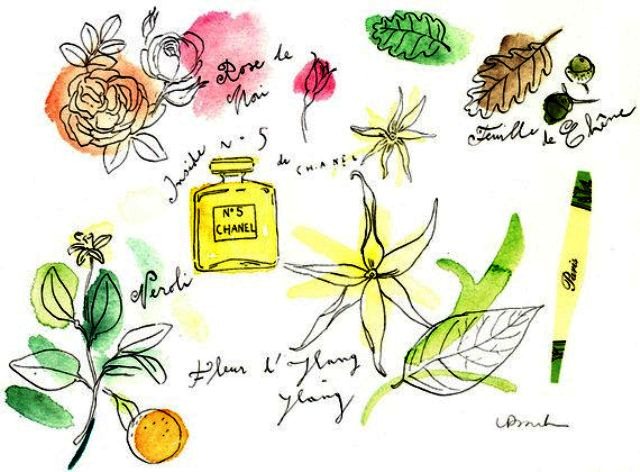Got a tip? Send it to us at manila@coconuts.co.
Here’s a business idea: Start an ylang ylang farm and sell the flowers to Chanel.
The barely visible yellow blossoms with an intoxicating aroma contain the oil that provides the distinctive scent in Chanel N°5, one of the world’s best-selling fragrances.
Ylang ylang originated in the Philippines. The French introduced the tree on the island of Reunion in the 1700s and in the early 1900s its cultivation spread to the nearby islands of Comoros and Madagascar.
Right now, the impoverished Indian Ocean archipelago of the Comoros is the world’s top producer of the essential oil extracted from the flower.
But decades of underinvestment in ageing plantations, an exodus of flower gatherers willing to do the painstaking work and deforestation are threatening production of the flower.
In 2013 and 2014, the country exported just 1.5 million euros ($1.6 million) worth of the essential oil a year. Economists believe that the Comoros could extract more from ylang ylang if the sector was given an overhaul.
In 1921 Coco Chanel wanted a flower that captured “the scent of a woman”. The solution was the ylang ylang, which led to the creation of N°5, a perfume that had a floral scent but which was “very abstract”, said Christopher Sheldrake, Chanel’s director for perfume research and development.
The N°5 contains a significant amount of the ylang ylang oil, around 10 percent according to Sheldrake.
Chanel says it is trying to get its suppliers to plant their own trees for firewood in order to meet the needs of the essential oil extraction. The perfumer also says it is committed to providing better conditions and fair wages for the workers on these plantations. AFP




